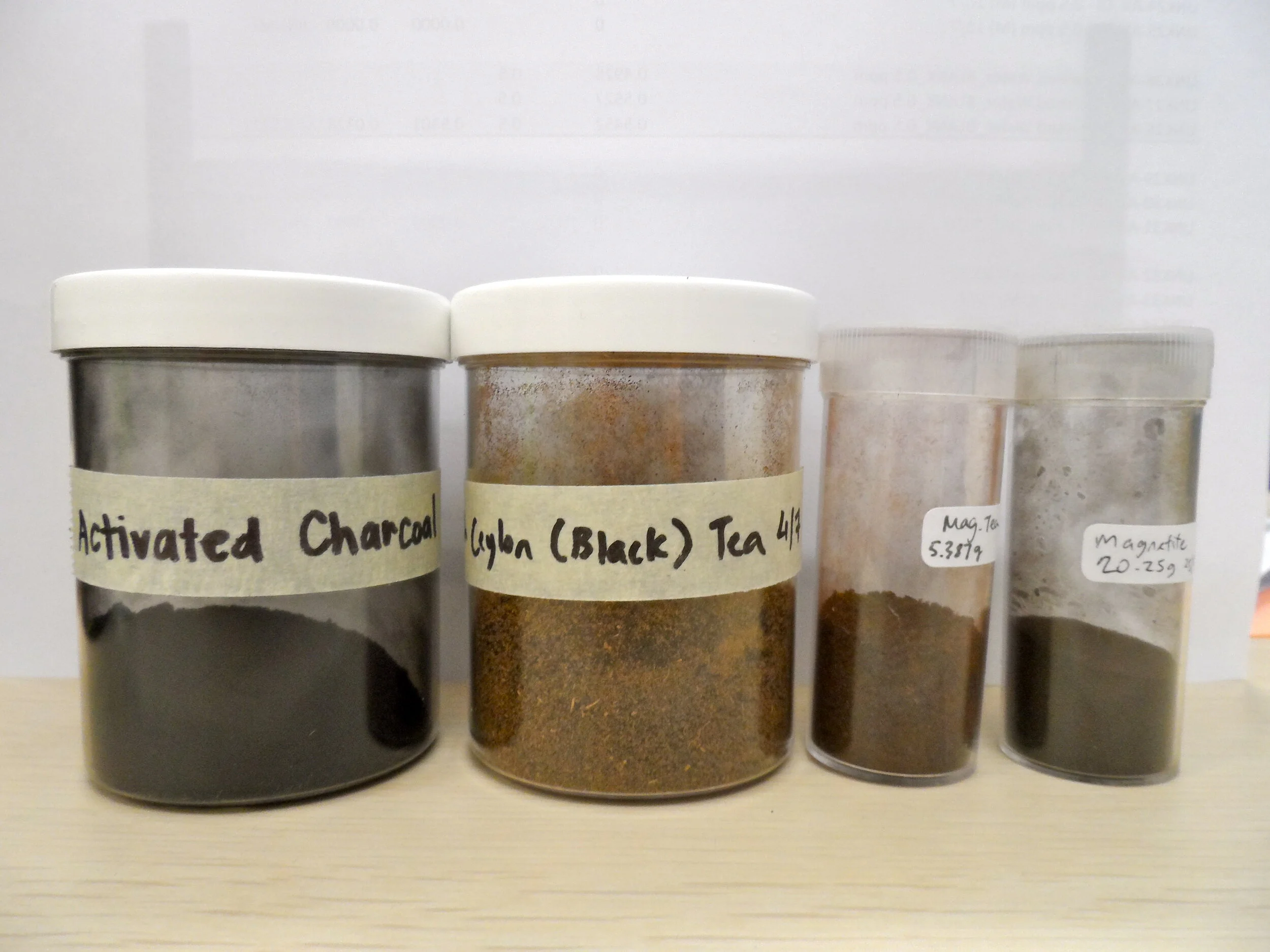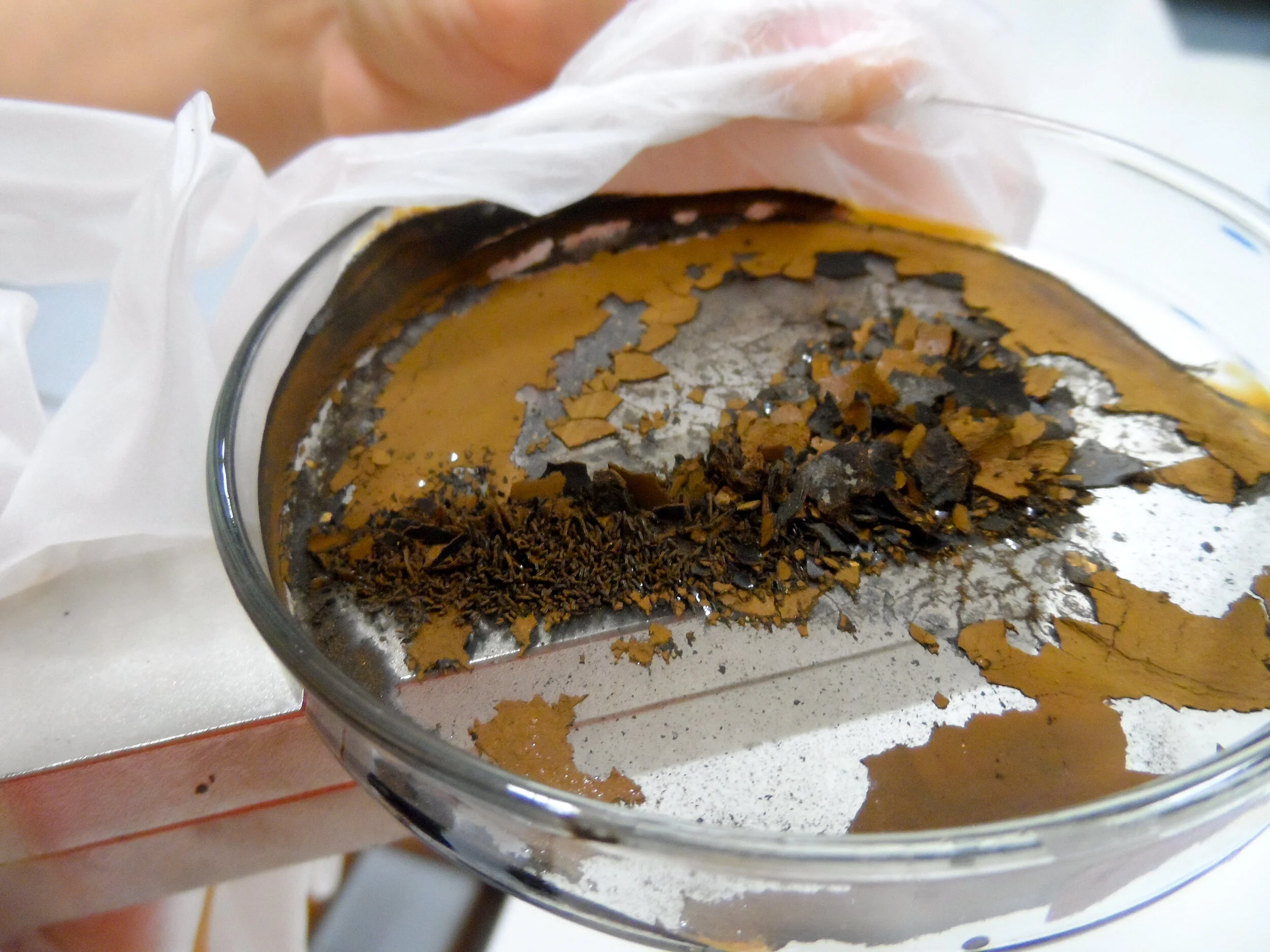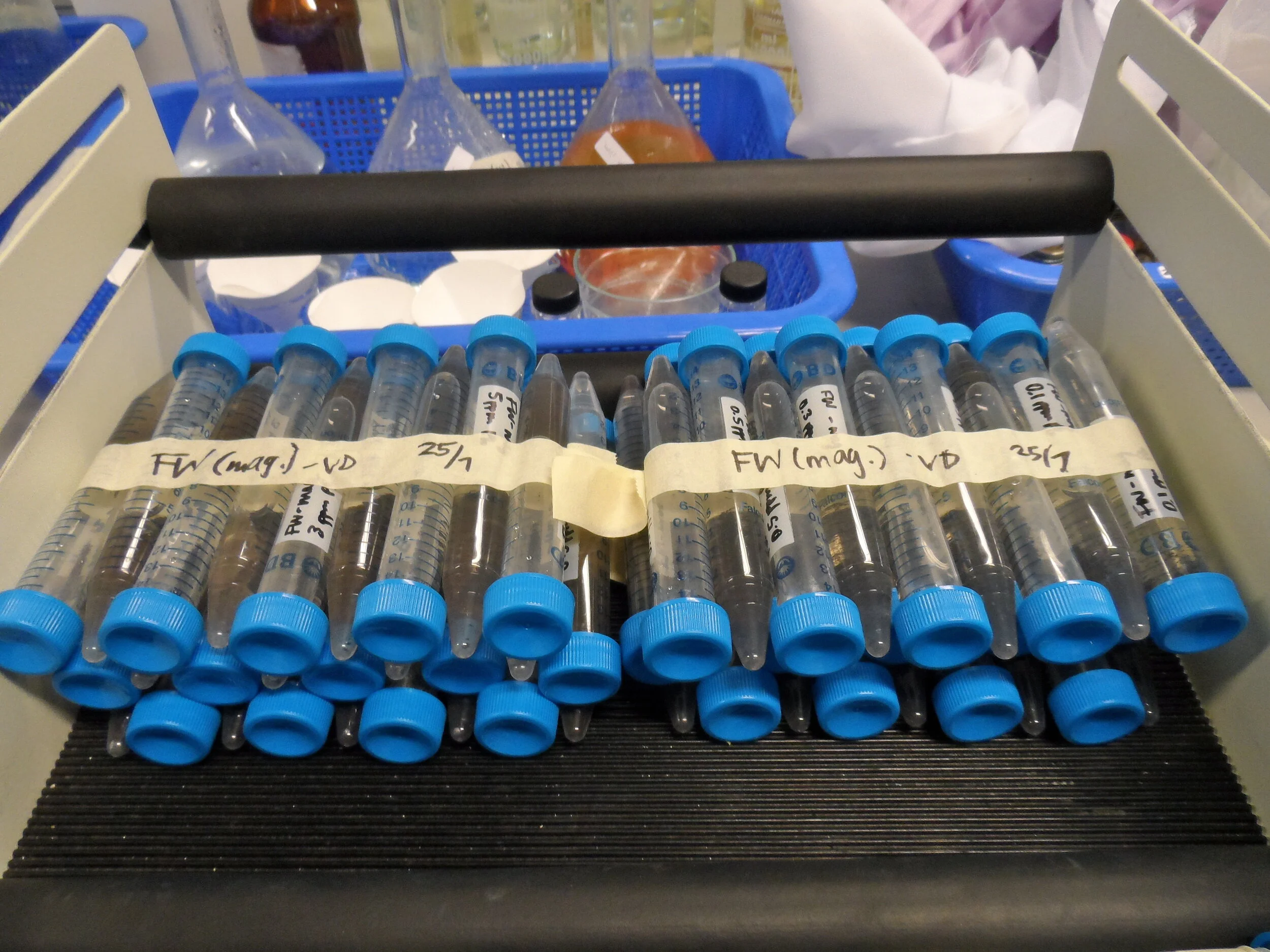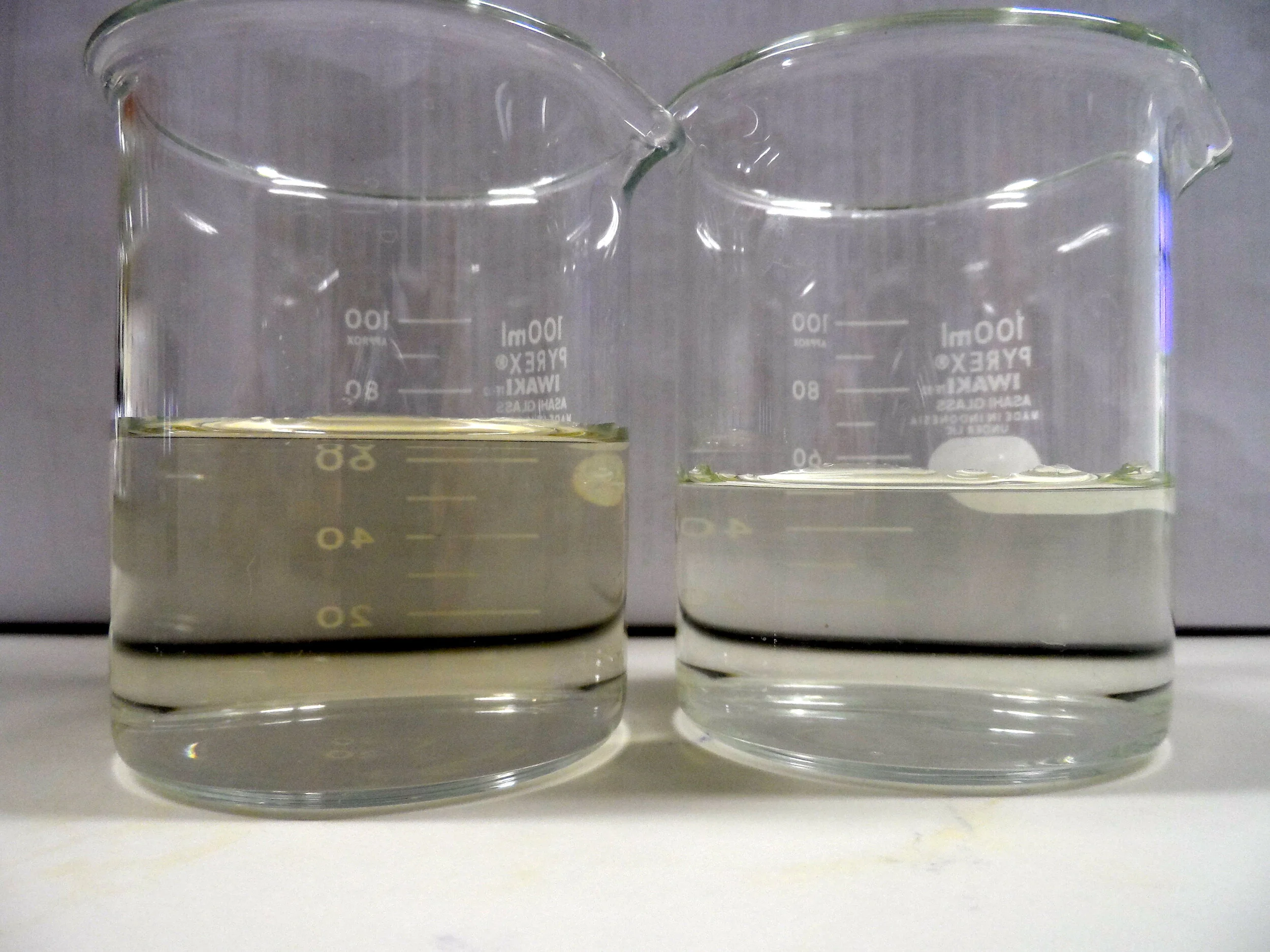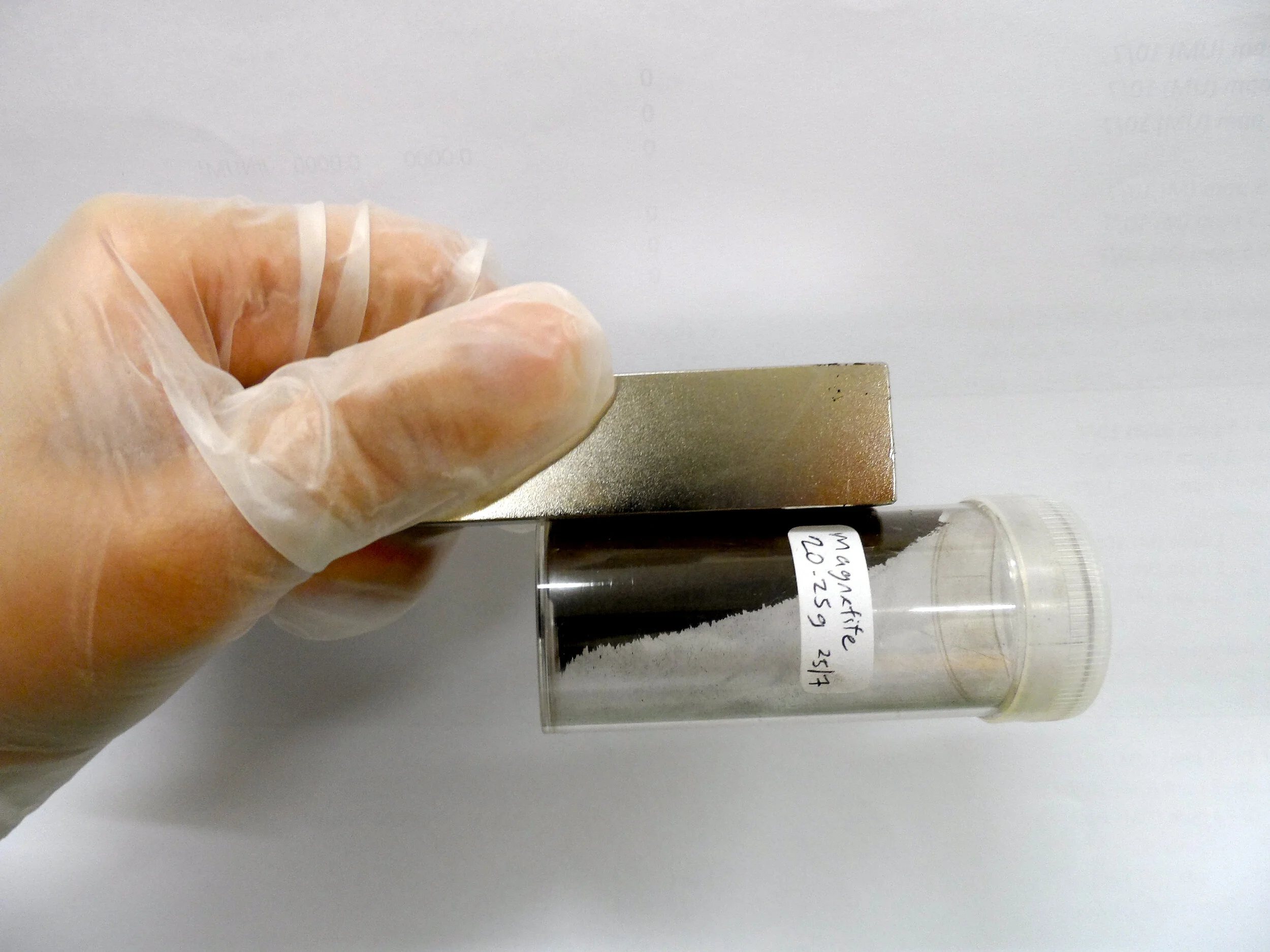Using Magnetically Responsive Tea Waste to Remove Lead in Waters under Environmentally Relevant Conditions, PLoS ONE.
MIT x Singapore University of Design, Researcher
2012
Focus Areas
Research, clean water, low-cost filtration, circular economy
Skill Set
Chemistry, materials science, wet lab research, data analysis, writing
Summary
In the summer of 2012, I travelled to Singapore to conduct clean water research and participate in a leadership program to mentor the inaugural freshman class of MIT’s sister school, Singapore University of Technology and Design (SUTD).
The intent of our research project was to investigate novel, low-cost solutions for filtering out heavy metals from water sources in resource-constrained environments. The research group primarily investigated the effectiveness of using magnetized waste tea leaves as a method of adsorbing lead from contaminated water. This idea was particularly compelling to me because of the widespread availability of tea as a waste product from local canteens and its cultural relevance as a staple in the regions for which low-cost water filtration solutions are needed, such as South Asia and Southeast Asia.
My contributions to this research were primarily in the preparation of magnetized tea samples, magnetization measurements, leaching measurements, and data analysis. You can read about our experiment and findings in the peer-reviewed article published in PLoS ONE linked below.
This opportunity was made possible by the incredible and impactful MISTI program at MIT.
